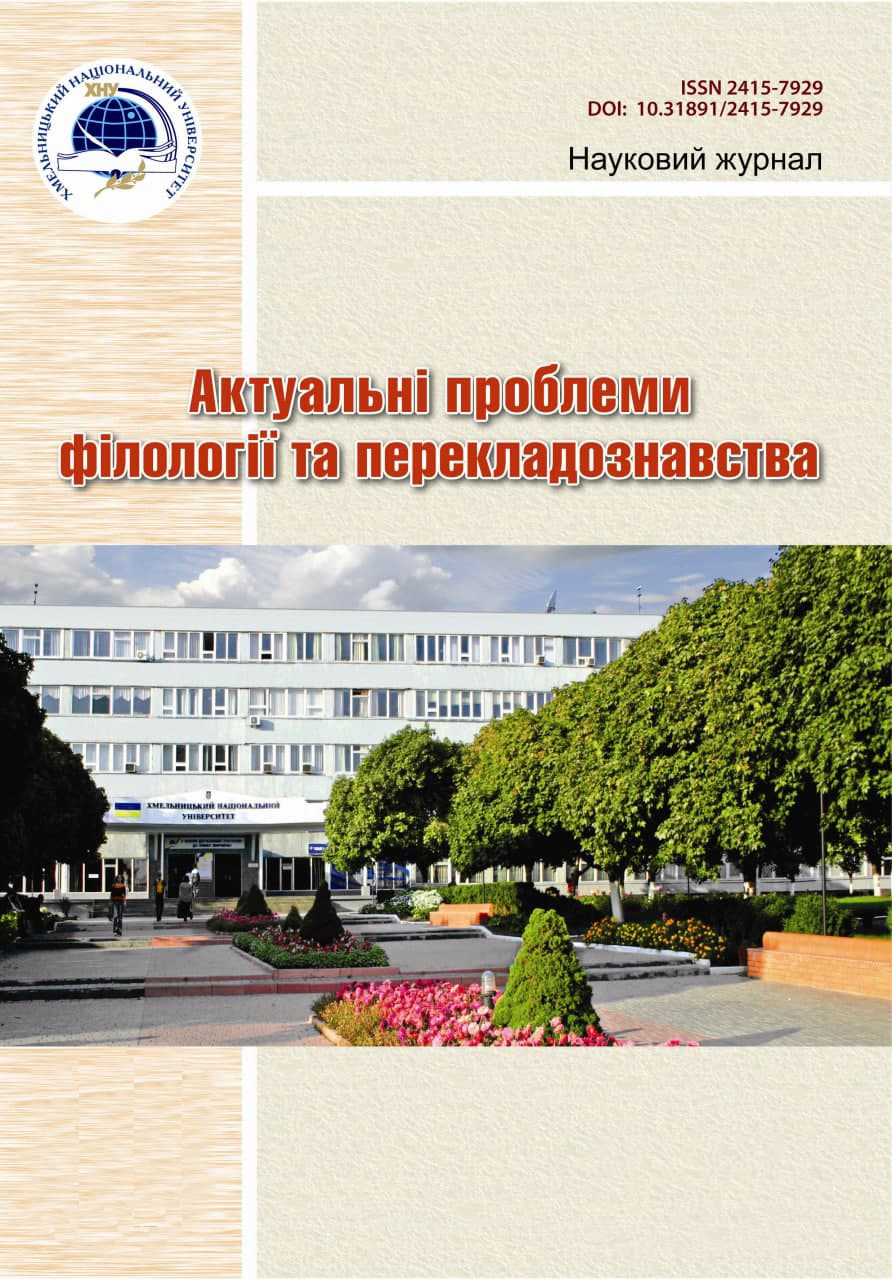FEATURES OF NATIONAL POETICS IN BRITISH MAGICAL REALISM
DOI:
https://doi.org/10.31891/2415-7929-2025-33-9Keywords:
postmodernism, magical realism, national identity, British literature, elements of plotAbstract
Postmodernism remains a key focus in literary studies, yet the national specifics of its reception are often overlooked. While scholars have examined its structural and stylistic features, aspects like psychological character motivation, national symbolism, and cultural chronotopes remain understudied. This gap limits the full appreciation of texts, as universal postmodern techniques overshadow unique national elements. Magical realism, a significant postmodern offshoot, reflects national identity but lacks comprehensive analysis in Anglophone literature. This study explores British magical realism’s structural and thematic uniqueness, focusing on protagonists and narrative techniques. British postmodern realism blends traditional realism with postmodern innovation, avoiding hypertextual games in favor of emotional depth. Works by Rushdie, Mitchell, and Smith merge myth and social issues, using symbolism and intertextuality to explore identity and history. A comparison of Murakami’s “1Q84” and Rushdie’s “Midnight’s Children” reveals cultural contrasts: Japanese individualism versus Indian collective memory, surrealism versus historical mythmaking. The main elements of the plot that give the texts a national specificity are the protagonist, the artistic space and the symbolism. Ultimately, magical realism adapts across cultures while addressing trauma and identity. British variants, merging realism and postmodern play, warrant deeper study to understand their distinct contribution to global literature.
Downloads
Published
Issue
Section
License
Copyright (c) 2025 Володимир КРАМАР (Автор)

This work is licensed under a Creative Commons Attribution 4.0 International License.

